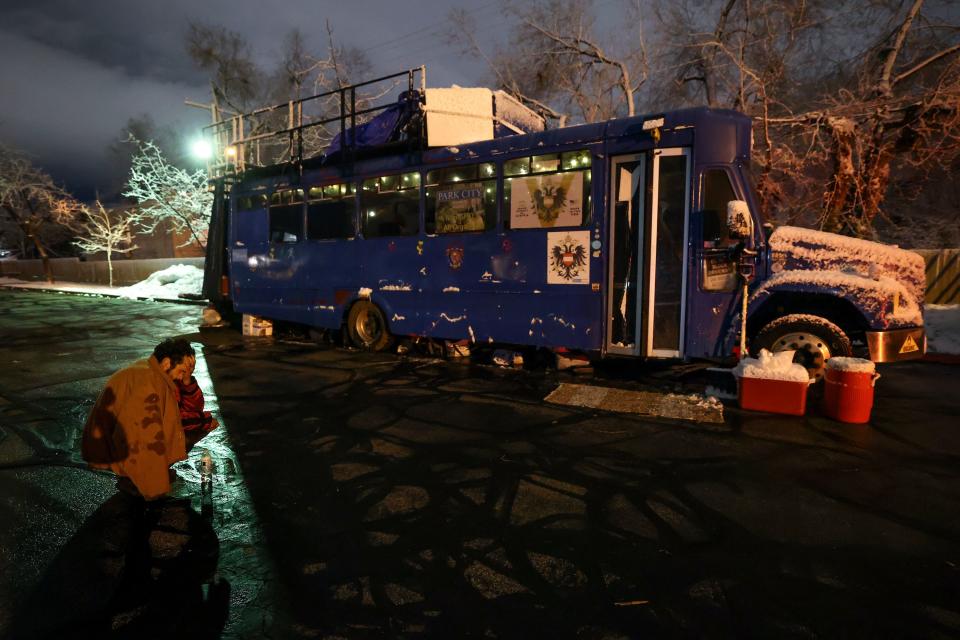What life in the blue bus says about the challenge to help the homeless
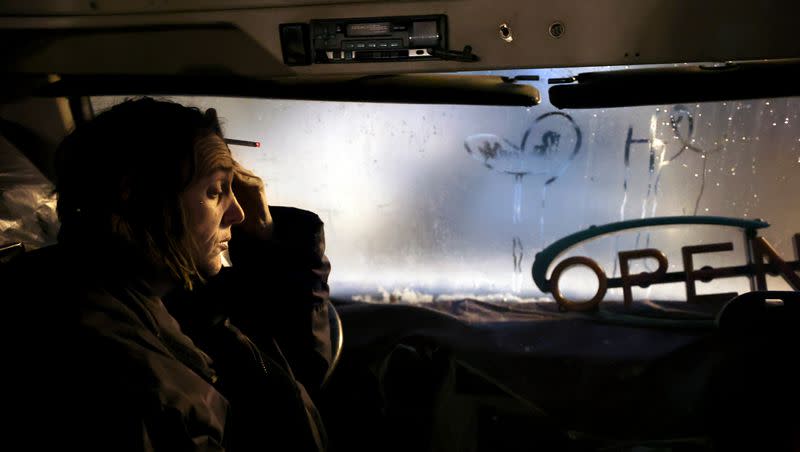
Kseniya Kniazeva’s attention is trained on the gathering storm clouds on the western horizon. There are two consecutive days of rain and snow in the forecast and she needs to find a new place to park the Nomad Alliance bus.
The bus has served as a warming center on wheels for people experiencing homelessness since the bitter cold of late January and early February, some nights sheltering 20 people from frigid temperatures.
The 2001 bus, a repurposed food truck, is no frills. There are no passenger seats and it has a wood-burning stove for heat that is also used for cooking.
Except for a couple of hammocks, the self-described “nomads” sleep in sleeping bags with thin foam pads and a few rugs to shield them from the cold metal floor.
Most of the residents are shelter resistant, said Kniazeva, Nomad Alliance’s founder and executive director.
“Everyone here has been damaged in some way by shelters and victimized by shelters. They will absolutely not go into a shelter,” she said.
There are many reasons people experiencing homelessness don’t want to stay in emergency shelters. They worry their property will be stolen, that there are few options for couples without children, or there are people who are struggling with mental illness and chronic illnesses who do not want to be in a congregate setting. Some people in substance abuse recovery do not want to be around people who use drugs.
Others don’t want to abide by shelter rules that limit smoking to designated areas and prohibit use of narcotics.
Utah’s State Homeless Services Coordinator Wayne Niederhauser said he and his wife regularly volunteer with outreach workers who serve unsheltered Utahns.
“There isn’t a person I’ve ever met that’s unsheltered that doesn’t have high anxiety, right? It’s either what has happened to them, or what’s happening to them, or both. Being unsheltered creates all kinds of anxieties,” Niederhauser said.
“And then what we do is ask them to come to shelter where it’s a congregate shelter and there’s multiple people in a room, and then we wonder why they don’t want to stay there and it creates all kinds of triggers.”
But many other people do elect to stay in homeless resource centers, which operate near capacity, he said.
On Sunday, March 26, for instance, the Geraldine E. King Women’s Resource Center and the Gail Miller Resource Center operated at 95% and 93% capacity, respectively, while the Pamela Atkinson Men’s Resource Center was at 100%, according Salt Lake City’s housing stability dashboard.
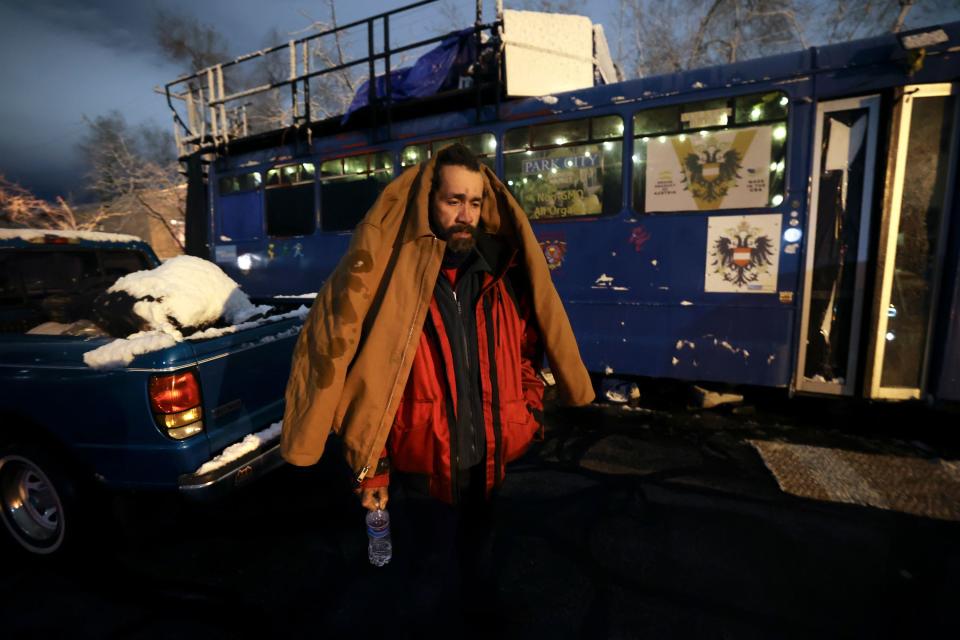
The Nomad Alliance bus took a number of people experiencing homelessness off the streets during the harshest winter in recent memory. At least seven people died from exposure this winter, said Rep. Steve Eliason, R-Sandy, although it is unclear if the deaths were directly tied to lack of a shelter option.
People experiencing homelessness interviewed for this story say they believe the number is much higher between the cases widely reported by Utah media and people who succumbed to illnesses or chronic conditions made worse by exposure to single-digit temperatures.
On the rolling warming center’s inaugural night, Jan. 30, Kniazeva posted this on the Nomad Alliance’s Facebook page: “21 people in here now, cozy with the wood burning stove. We’re chatting...Bellies full from pizza. A composting toilet on the deck out back, with a privacy tarp surrounding.”
Robert West, who regularly stays on the bus, said he is thankful for it.
“If it wasn’t for the bus, I don’t know where me and my dog would be,” he said.
Pets are allowed in homeless resource centers owned by the nonprofit Shelter the Homeless, which provides 72% of all emergency shelter beds in Salt Lake County and they are also welcome at Lantern House in Ogden.
Laurie Hopkins, executive director of Shelter the Homeless, also notes the nonprofit’s homeless resource centers were built with locking storage facilities to secure belongings of people who stay there.
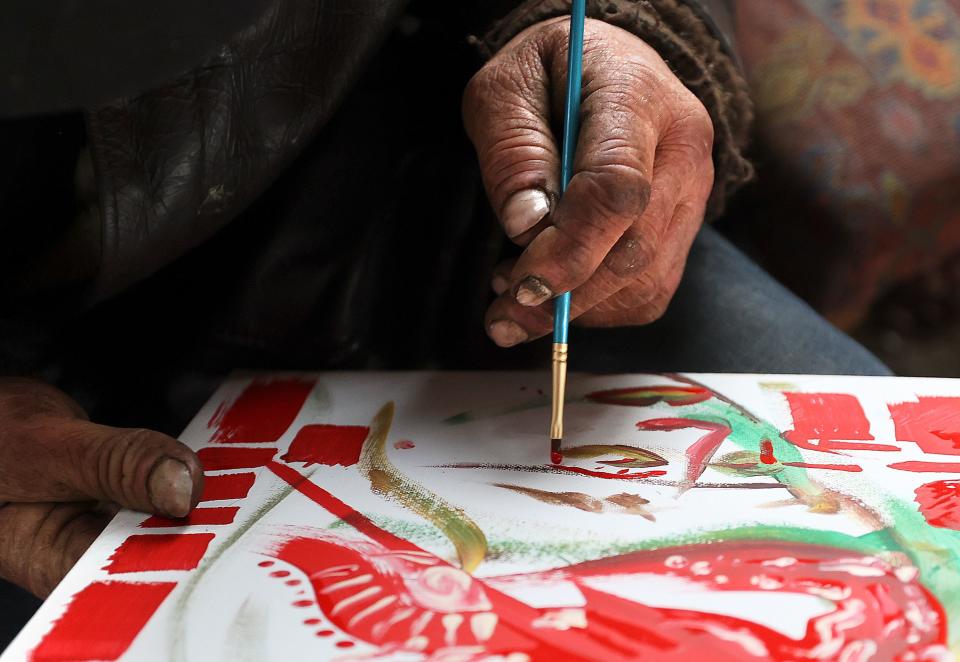
The Nomad Alliance bus is no barrier, meaning it takes all comers, though its tenants, as Kniazeva calls them, are expected to help keep the bus clean, provide and prepare meals, stoke the wood-burning stove and tidy up the area where the bus is parked.
Tenants are allowed to smoke on the bus, which Kniazeva said is permitted because smoking and milling about outside can provoke complaints from neighbors.
The bus has limited space so if one of the tenants is ill, there’s no room to socially distance.
There’s a bucket toilet on a platform on the back of the bus and water barrels on the upper deck for hygiene and other uses.
It’s close quarters for a handful of tenants and a tight fit for the 20 or so people who packed the bus in its early days.
Tenant Barbara Elmer describes herself as the “bus mother” because she has managed the bus the past six weeks, doing the cooking, cleaning, conflict resolution and making sure the tenants’ property isn’t stolen.
Elmer said there are no hard and fast rules about the community, but the nomads self-police.
“Nomads don’t call the police. We are the police,” she explained.
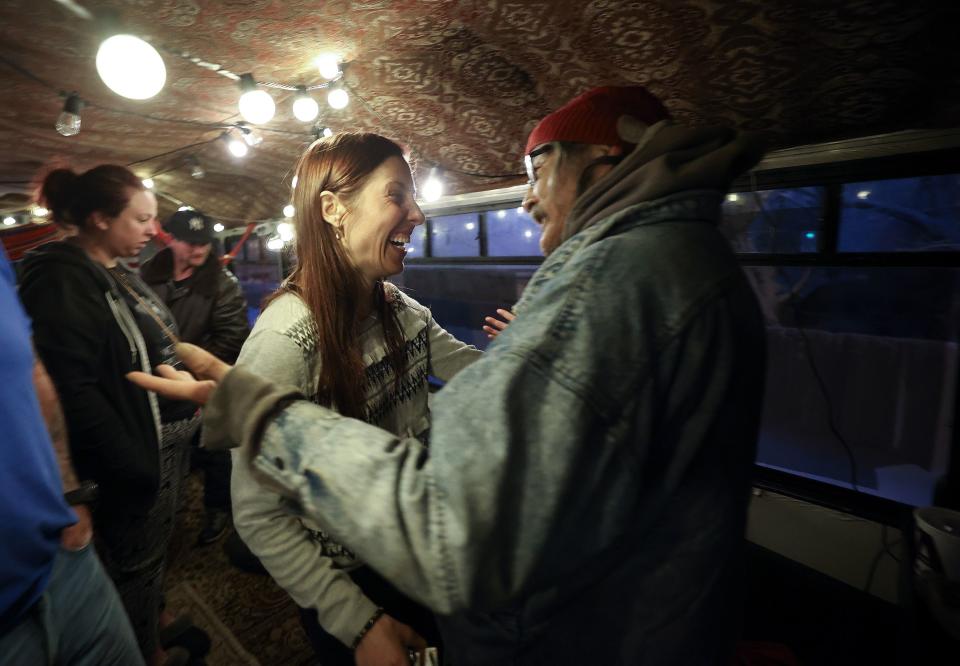
Mainstream homeless services providers, advocates and government officials acknowledge that limited shelter beds, services, permanent supportive housing and a lack of deeply affordable housing in Utah leaves service gaps.
“These groups are trying to fill a void that exists in terms of our current lack of sufficient overflow, particularly on the coldest nights and insufficient outreach from clinical outreach workers,” who attempt to build relationships with people who are shelter resistant with the eventual goal of moving them into housing, said Eliason, R-Sandy.
But challenges abound with the Nomad Alliance bus model, starting with where to park.
Earlier this month, the bus was parked in the parking lot behind a meetinghouse of The Church of Jesus Christ of Latter-day Saints that is currently not in use. Church officials confirmed that permission was granted on the understanding that the bus needed a temporary place to park.
The church didn’t issue any complaints, but police were called to the area three times in one week, according to redacted police records obtained by the Deseret News, presumably by area residents. A fire truck also responded to a call regarding the bus, which had been operating a wood-burning stove.
Police asked the group to move the bus.
The Salt Lake County Health Department has no record of complaints, but Salt Lake City police reports included complaints from unidentified concerned callers about “a homeless camp directly behind church in a large blue bus ... has a fire going on top of the bus ... unsure if it’s threatening ... being very noisy and pounding on things.”
A post on the alliance’s Facebook page about the calls commented: “We’re learning so much. Especially how inhospitable people are to the homeless.”
The bus was not visible to anyone driving by the meetinghouse but was parked along the rear of the property where there are residences on the other side of the fence.
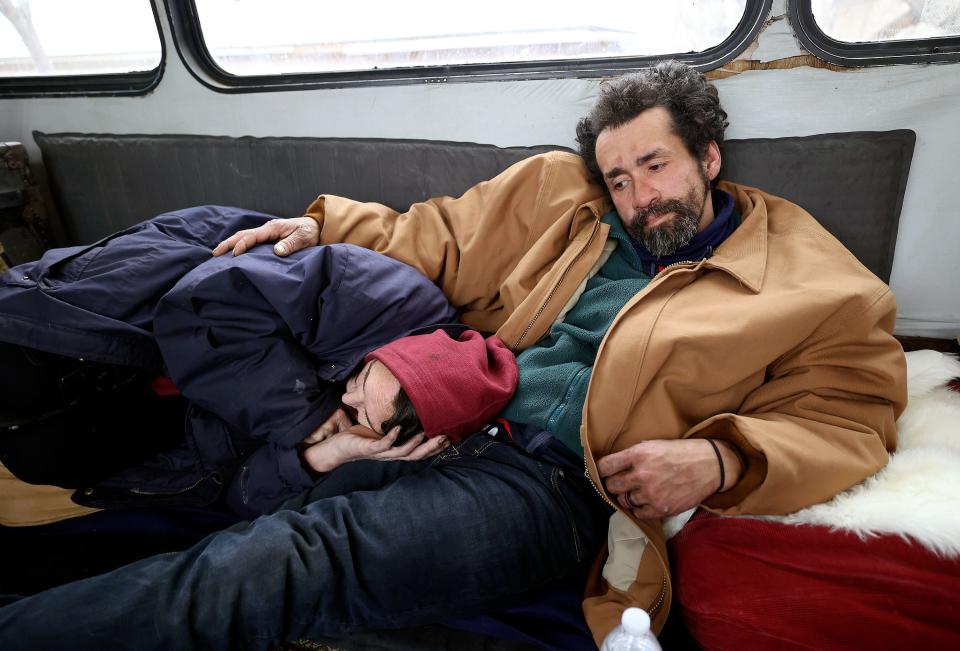
From there, the bus moved to the Chesterfield neighborhood of West Valley City, stopping along the way to refuel and unload refuse.
After arriving in Chesterfield, a West Valley City police officer determined “the current owner of the bus has never titled that bus. It’s not registered. It’s not licensed and it’s not insured,” said Samuel Johnson, West Valley City’s communication director.
After that interaction, the city had no further contact with the bus, Johnson said.
The officer told alliance members that state code authorized him to impound the bus, but the officer opted instead to give them the opportunity to take care of those issues “right away,” Johnson said.
When asked about the registration, licensure and insurance, Kniazeva said the alliance had 45 days from date of purchase to register it in its name. “We just passed emissions and inspections and yes, it is insured in our name. I have an appointment tomorrow with the DMV to switch the registration over.”
This week, she texted photos of the emissions test and registration to the Deseret News, both dated March 20, 2023.
The bus moved to a private avian sanctuary in West Valley City for nearly a week before returning to Salt Lake City. Finding a place to park the bus is a constant challenge. In Salt Lake City, at least, a city ordinance limits vehicle parking on any street to no more than 48 hours.
Camping on public grounds is also unlawful and the city does issue citations, “but officers try to work with people camping to relocate to other options and seek to avoid issuing citations,” said Andrew Johnston, Salt Lake City’s director of homeless policy and outreach.
Violating the ordinance is a misdemeanor offense. “However, most times, we will utilize outreach teams first, then clean with police support because the public health issues tend to be relevant whenever there is camping. And most people do relocate when given some notice,” Johnston said.
On private property, overnight camping is not allowed generally, unless the private property is in a zoning district that allows outdoor “recreation” uses, such as the Salt Lake City KOA campground on North Temple.
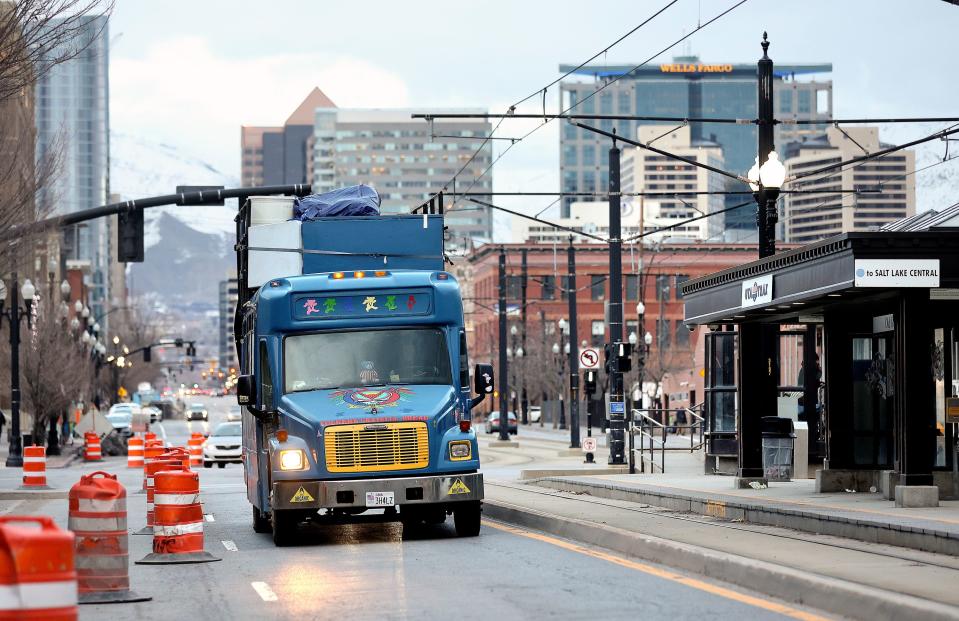
Kniazeva said the alliance’s initial plan was to purchase a bus and turn it into a rolling internet cafe to help people experiencing homelessness and others obtain documents they need to apply for jobs, obtain state identification cards or driver’s licenses, or apply for public assistance programs and housing.
The alliance had planned to keep the bus in service as an overflow shelter until April 3 but will extend its operation due to rain and snowstorms forecast over the next 10 days with low temperatures in the 30s, she said.
Kniazeva acknowledges that much about operating a rolling warming shelter was learned on the fly because the bus was acquired in late January and immediately pressed into service when winter temperatures dipped into the single digits.
“We had no plan” other than getting people out of the cold and meeting their basic needs, said Kniazeva, whose professional background includes working on congressional campaigns and fundraising for nonprofit organizations.
Once the bus is no longer hosting overnight stays, time spent remodeling it will also allow for the alliance to plan its next steps, she said.
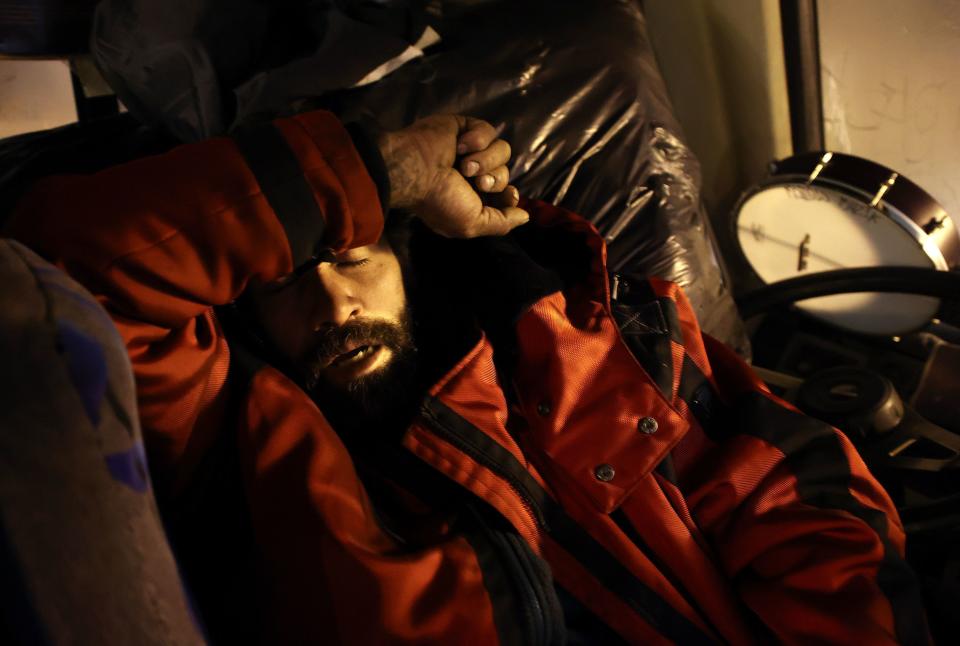
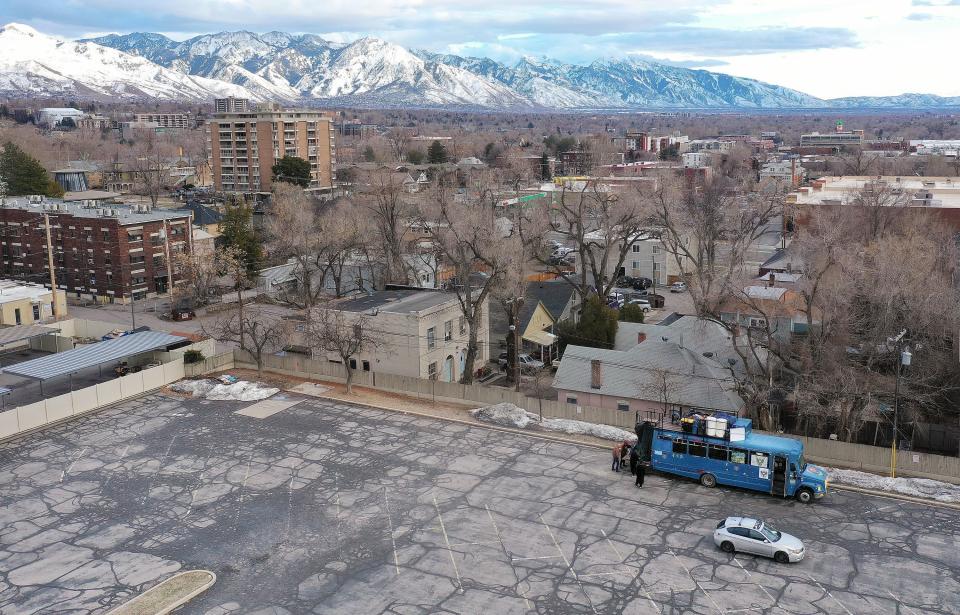
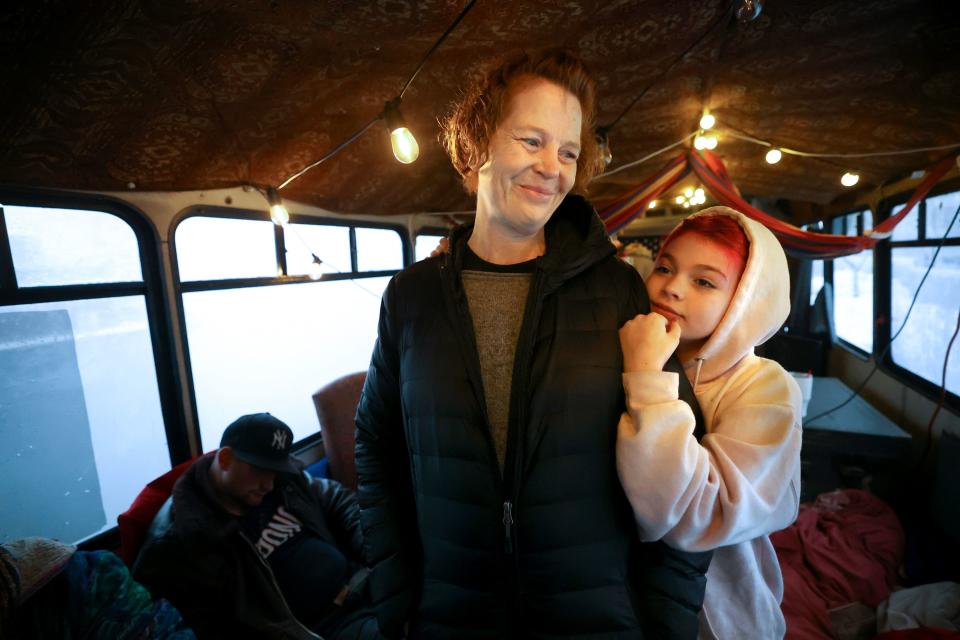
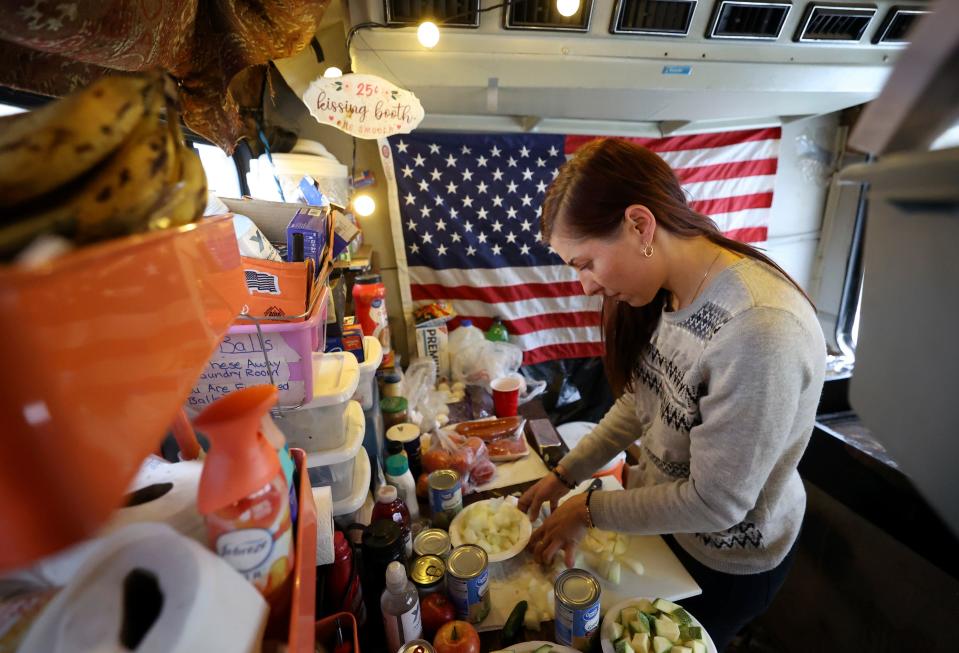
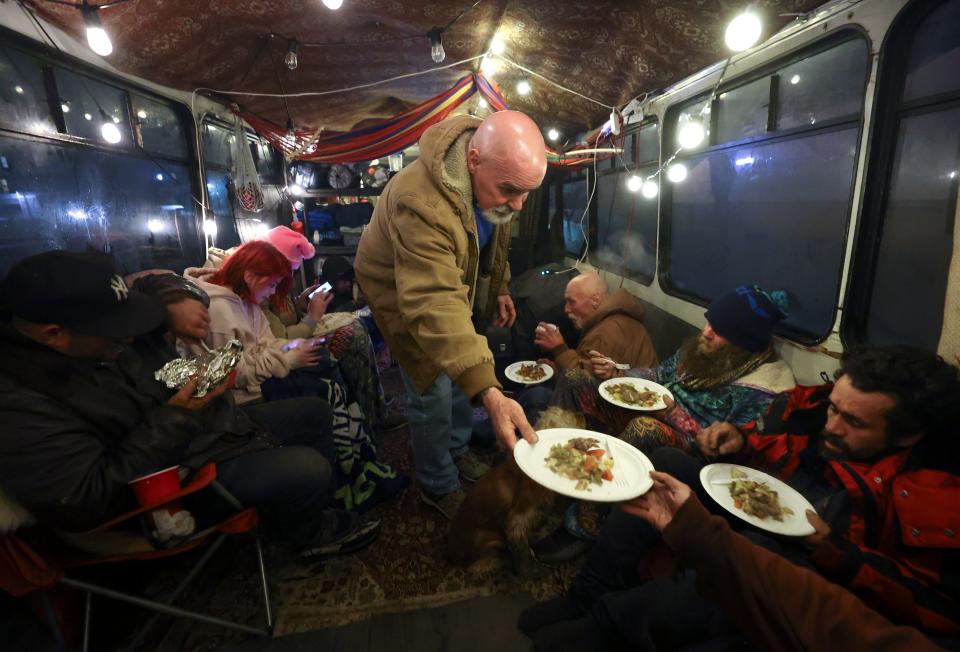
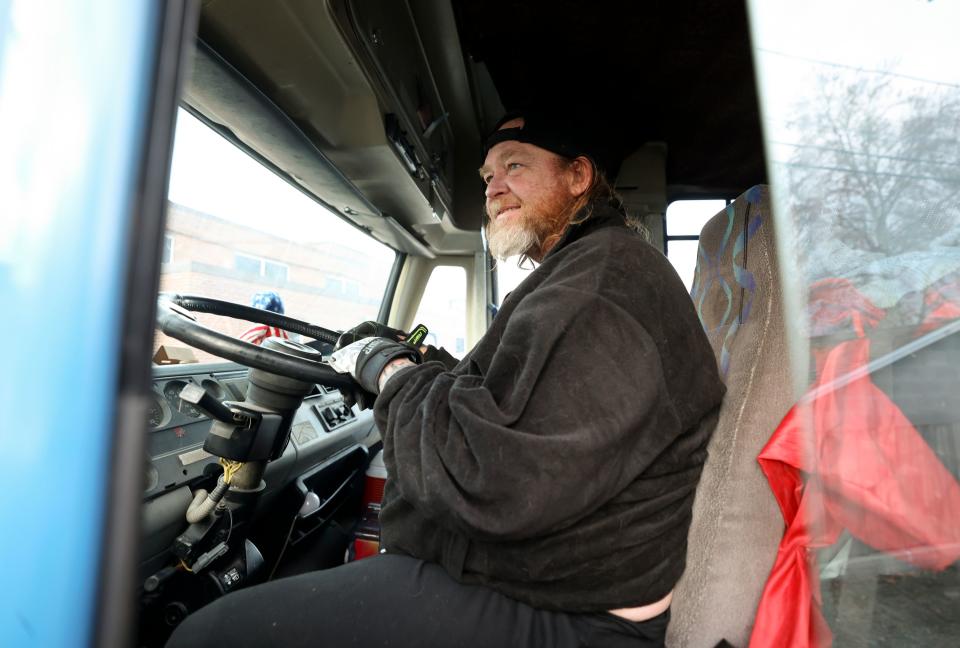
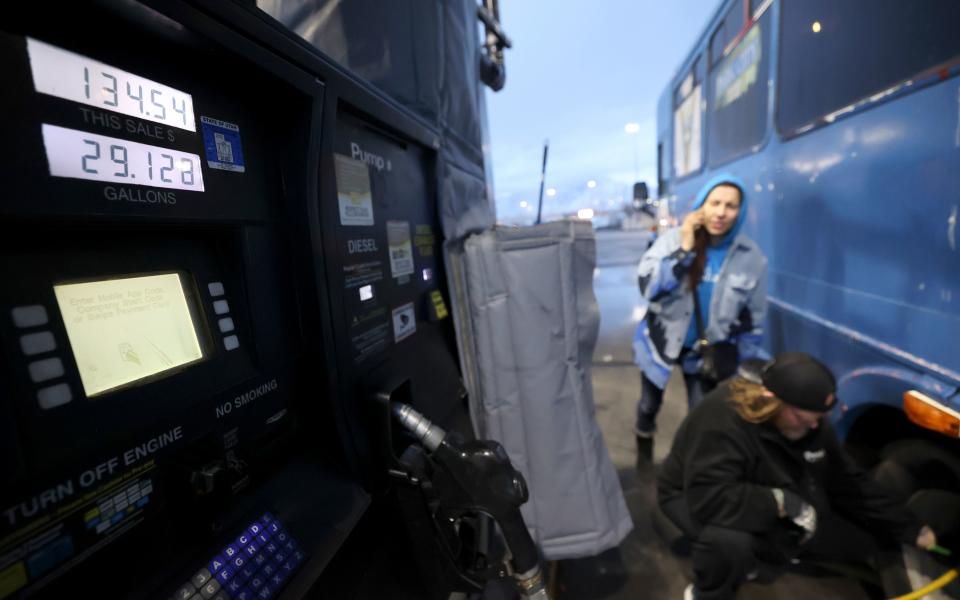
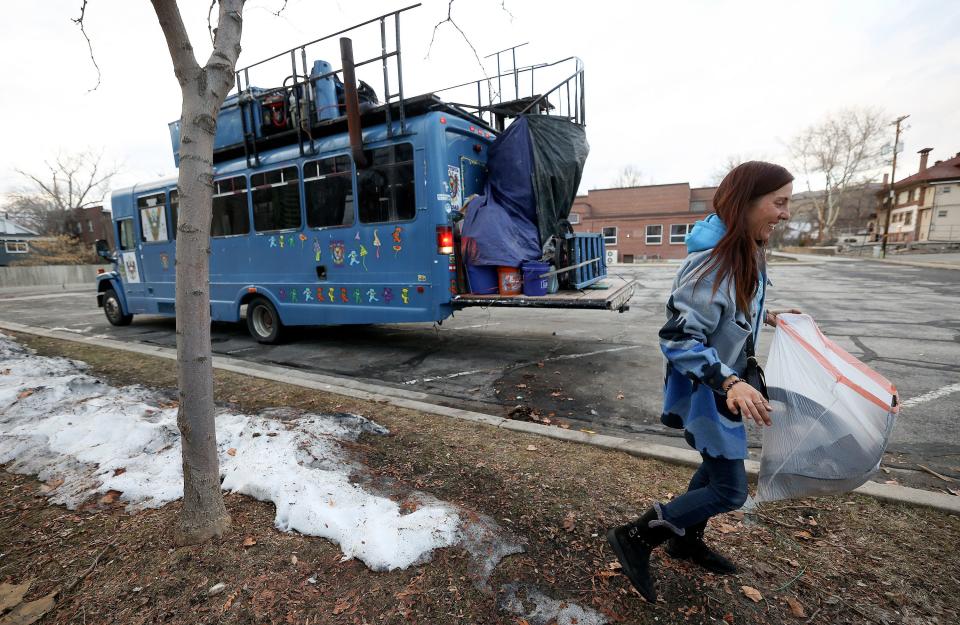
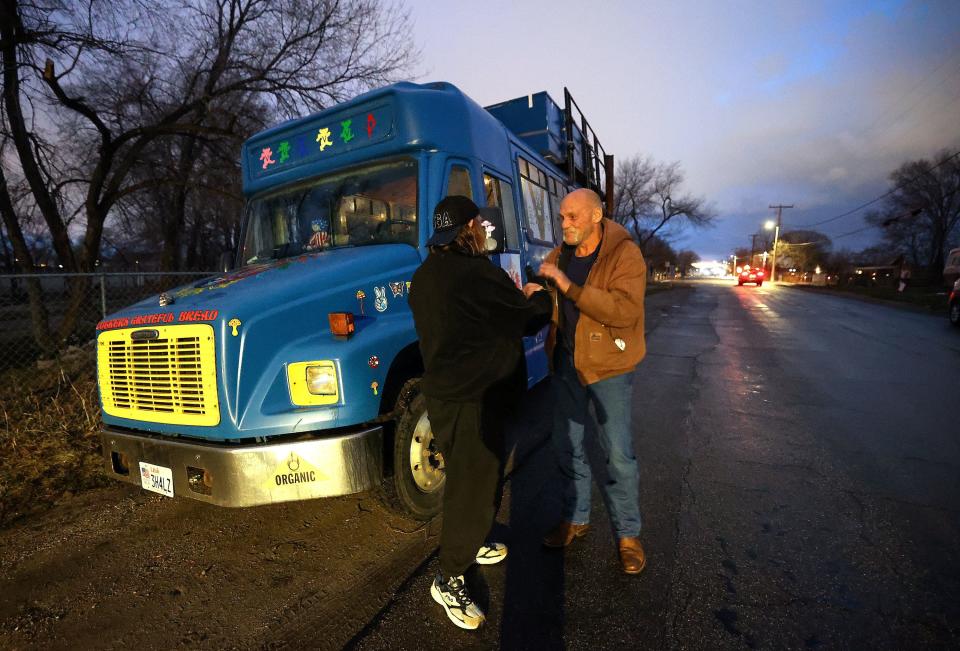
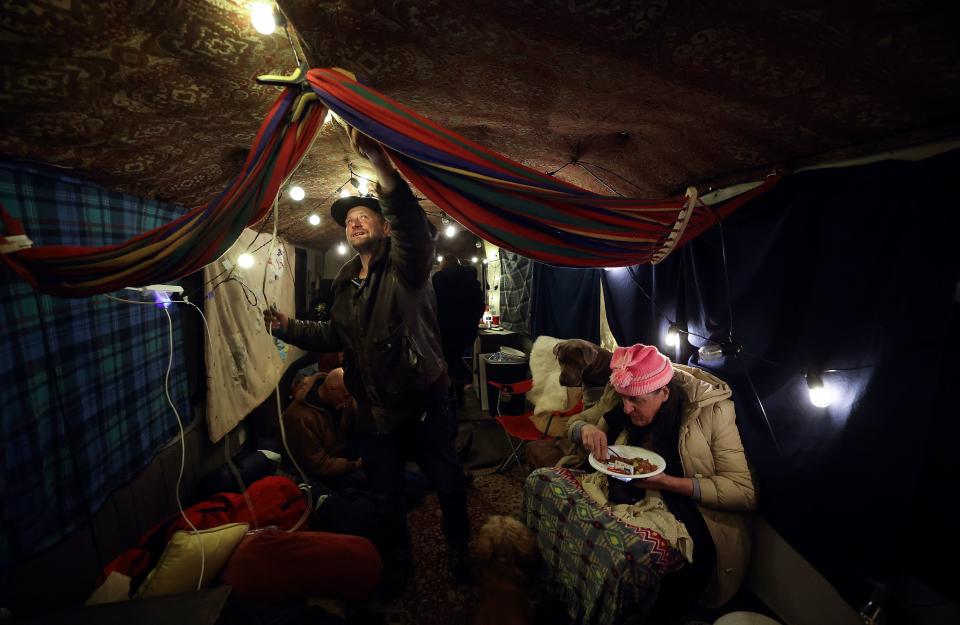
It is not yet clear where the bus will fit into the continuum of sheltering or emergency services after the Utah Legislature’s passage of HB499, sponsored by Eliason and recently signed into law by Gov. Spencer Cox.
HB499 authorizes the Utah Department of Health and Human Services to issue “code blue” alerts when temperatures dip to 15 degrees Fahrenheit or below. Under a “code blue” designation, homeless resource centers are able to expand capacity by 35%. It also permits other entities to open temporary winter response shelters such as the movie nights at First United Methodist Church, organized earlier this year by advocates for unsheltered individuals.
Starting in December, the Methodist church opened its doors in the evenings to get people out of the weather, feed them, screen movies and allow them to sleep in the church overnight.
Such options weren’t legally sanctioned but will be permissible through HB499 under a “code blue” designation.
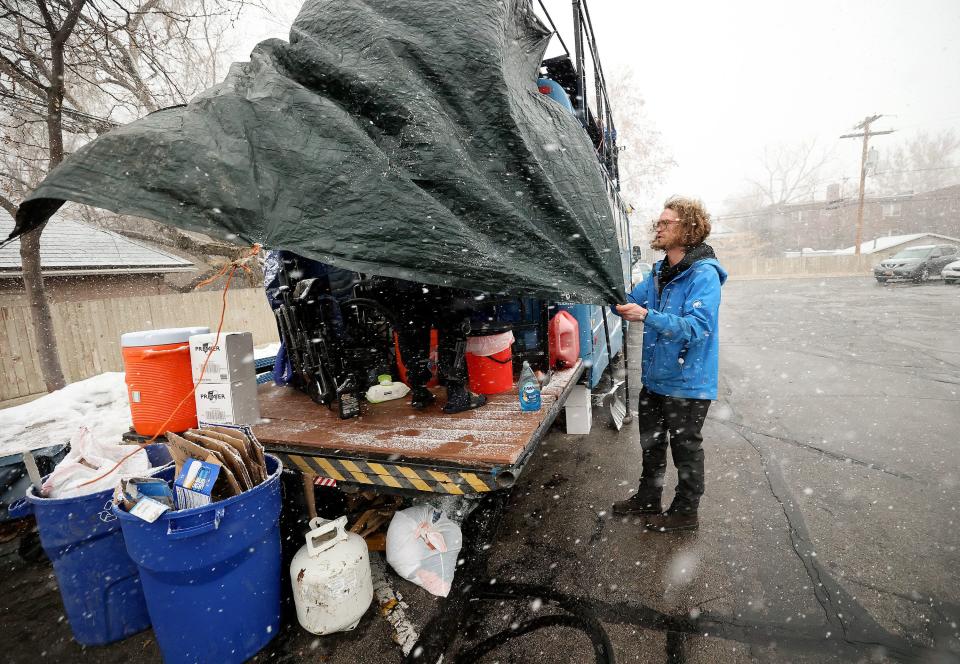
What the bill does
HB499 says temporary winter response shelters and indoor facilities owned by “a private organization, nonprofit organization, state government entity, or local government entity may be used to provide temporary shelter,” but it does not specifically mention motorized vehicles.
HB499 also sets an Aug. 1 deadline for city leaders to create a plan for winter overflow, which should help ensure more people have somewhere to go when temperatures fall to the point their lives are at risk, said Niederhauser.
The Legislature also increased the state mitigation fund that helps cities that host homeless shelters or winter overflow facilities. But it also requires cities with camping bans on the books to enforce them “unless there’s not enough beds in the shelter,” said Niederhauser.
“So there’s this functional capacity issue that’s addressed in statute, and that is, if there aren’t enough shelter beds, then there isn’t the requirement to enforce strictly because where do people go? You got to have a place for people to go. We have to answer the question, ‘Where do people go?’ If there’s a place to go, they have to enforce it,” he said.
Meanwhile, the state’s new strategic plan to address homelessness in Utah leans heavily on developing housing — both to prevent people from becoming homeless and to increase availability of permanent and permanent supportive housing with priority on people experiencing chronic unsheltered homelessness.
The plan’s targeted outcomes by 2027 include:
Create or identify 574 housing opportunities for people experiencing homelessness.
Increase supportive service interactions by 20%.
Reduce the number of people becoming homeless each year by 20%.
Reduce homelessness by 7% for vulnerable subpopulations of chronically homeless, veterans, survivors of domestic violence, youth and people with disabilities.
